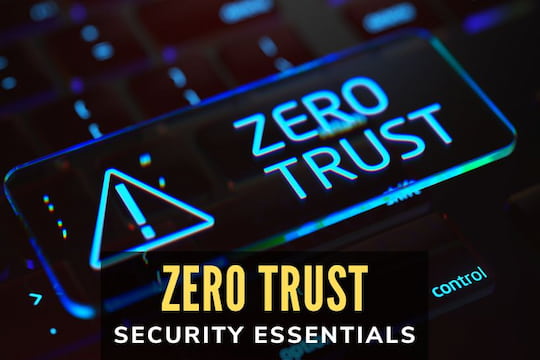Major shifts in lifestyle trends, advances in technology, and corporate pushes for digital transformation have exponentially increased the amount of data collected, maintained, and transmitted. As the Internet of Things (IoT) continues to expand to more and more connected devices, the pace of data creation is only slated to continue to increase. The presence of this data means that lax data security management policies or a total lack thereof can lead enterprises to a high level of risk exposure that many are not actively monitoring. Implementing data security management best practices can better protect your enterprise from regulatory fines, civil liability, and the reputational damage inherent in a data breach.
Primary Data Management Concerns

Awareness of the major data protection and privacy challenges is the only way to ensure that you have the appropriate protections and cybersecurity policies in place. According to research conducted by the Ponemon Institute, the two biggest threats to corporate data security are weak passwords or poor credential management and improperly configured cloud storage that permits public access to protected data.
Additional security concerns are a lack of knowledge of data present within systems, improper sharing of unnecessary data with third parties, and an overall lack of awareness of how data moves through the network. Improperly secured home networks and the use of public WiFi networks for business purposes are also major data security risks. Awareness of the regulatory guidelines that are applicable to your industry is also important. Knowledge of GDPR, CCPA, and PCI-DSS may all be needed depending on your area of operation.
Best Practices
These data security management best practices will help you harden your cybersecurity posture and enhance the protections around your sensitive data.
Protected Data Audit

An enterprise-wide audit of all systems is the very first step. You need to identify all protected data that you are in possession of, analyze whether retention is necessary for legitimate business purposes, determine adequate retention periods, and then define who needs access to this data. Only with that knowledge can you proceed further.
Establish Policies Based on Principles of Least Access
Data analytics has become a critical business function in many fields, and while this is beneficial, these analytics must be conducted with security in mind. Ensure that only employees and vendors with a true business need have access to any of your secured data, and you must also verify that they are only granted access to the specific data that they need to accomplish their tasks. Role-based network permissions and authentication procedures are some of the best ways to implement this once those decisions have been made.
Select a Data Management Platform

One of the most successful data security management best practices is the selection of a data management platform. The right program can positively affect your view of the flow of data through your organization, increase security, improve analytics, and also allows scalability. The ability to assign roles enables you to restrict data access at an administrator level and should be a primary concern when evaluating prospective programs.
All of this focus on data security is for naught if you fail to properly account for the end-of-lifecycle procedures for your hardware. At West Coast Computer Recycler, we provide secure e-waste recycling and data destruction services to businesses of all sizes and government entities in the Los Angeles and Orange County area. Contact us today to see what solutions we can offer to dispose of your hardware and data securely.



























